Inspiration

2020/11/11
Jazzy light
Omer Arbel started experimenting with light in a barn in the countryside. Bocci's lighting still looks like experimental free jazz compared to other lamps.
Can a lump of glass decide it wants to become a lamp? Apparently, if you ask Bocci. The Canadian lighting company works like an improvising jazz orchestra, letting loose on glass in experiments that resemble art more than design.
But there was a time before Bocci when, like most designers, Omer Arbel worked on the basis of an order from a manufacturer. That all changed in 2005, when the then unknown architect and designer produced his first glass lamp and it became a commercial success. Number 14 (Arbel names his objects chronologically) came about in a process typical of how the company has continued to work: through experimentation in materials. When Arbel poured molten glass into a hemispherical cavity, a small sphere appeared to float inside the glass and he experienced it as a 'discovery', an exalted moment when the object took on qualities as extraordinary as they were surprising. In other words: that magical moment when the artist realises that he is on to something.
Omer Arbel decided to start a glass studio with his partner Randy Bishop. The inspiration came from the American studio glass movement and its glass artists who, in the 1960s, built their own kilns to blow glass. The couple rented a red barn on a farm well outside Vancouver, Canada, and set up their glass business there, illegally. Agricultural land cannot be used for other purposes. When inspectors showed up, Arbel and Bishop pretended that their strange equipment belonged to the farm.
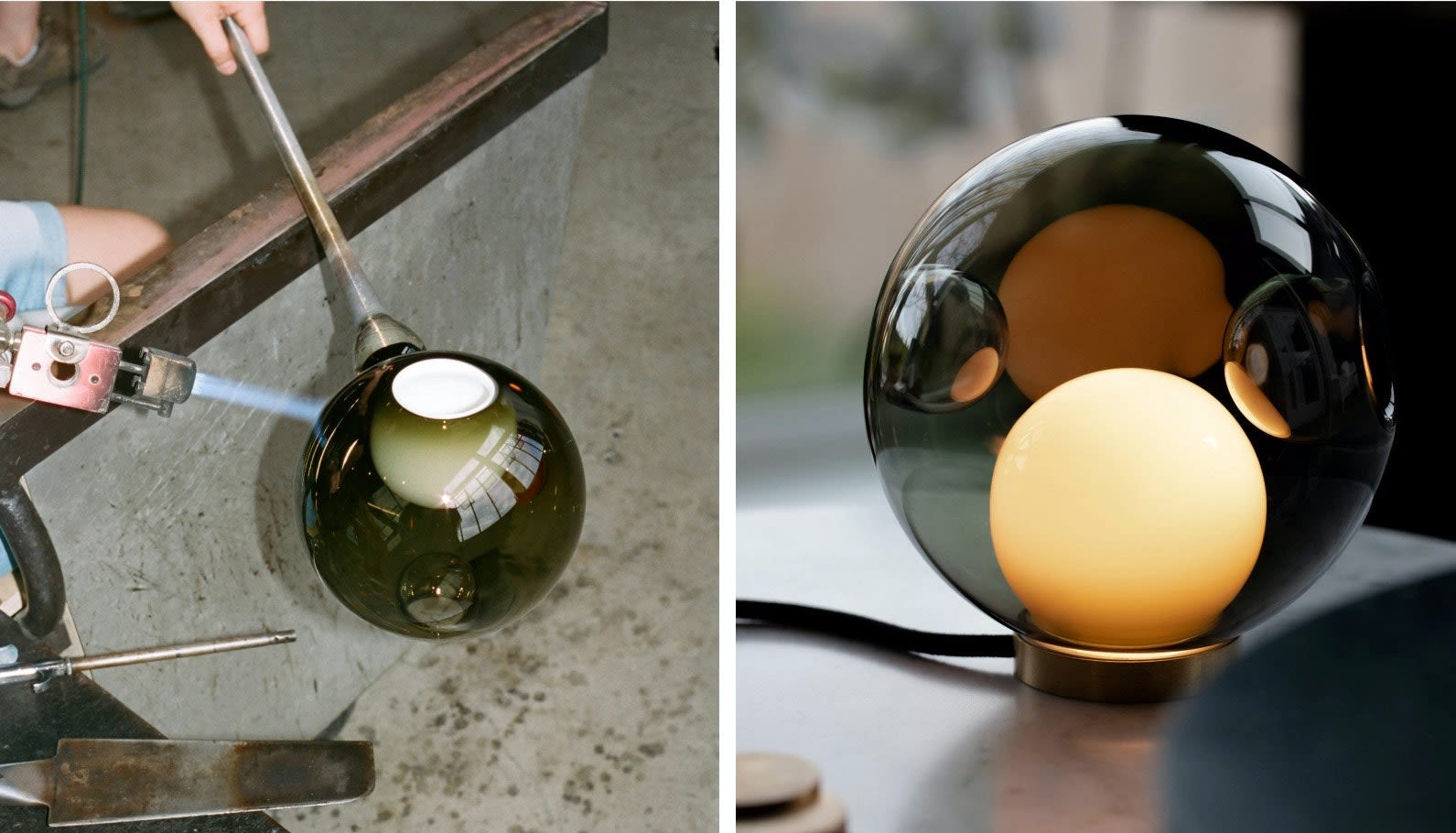
"Despite the successful expansion, the spirit of experimentation from the undercover days has not cooled."
Today, Bocci has left the countryside for full-scale production bases in Vancouver and Berlin. What both have in common is that they combine a laboratory, showroom and glass workshop. In each, dozens of glassblowers work in eight-hour shifts, while training future generations of artisans to service the 500 or so showrooms that sell Bocci lamps worldwide.
Despite the successful expansion, Omer Arbel says that the experimental spirit of his undercover days has not waned:
– We don't grow out of it! We are constantly experimenting, without scale or context. We produce lots of "raw material" in an almost subconscious way and it is only later that we evaluate what our whims and ideas want to become.
After a 'discovery' comes a period of reflection: what have they done? What does the object want to become? Some turn out to want to become buildings in Arbel's architectural practice, others become sculptures that are exhibited, while some stay in the archive. And sometimes they stumble across something that wants to become a lamp.
– We have an archive of ideas that we have already developed and when we find a possible use for an idea, we take it and develop it.
If the opportunity is to make a lamp, then a more conventional process of design development takes over, says Arbel, to make a consumer product from the 'discovery'.
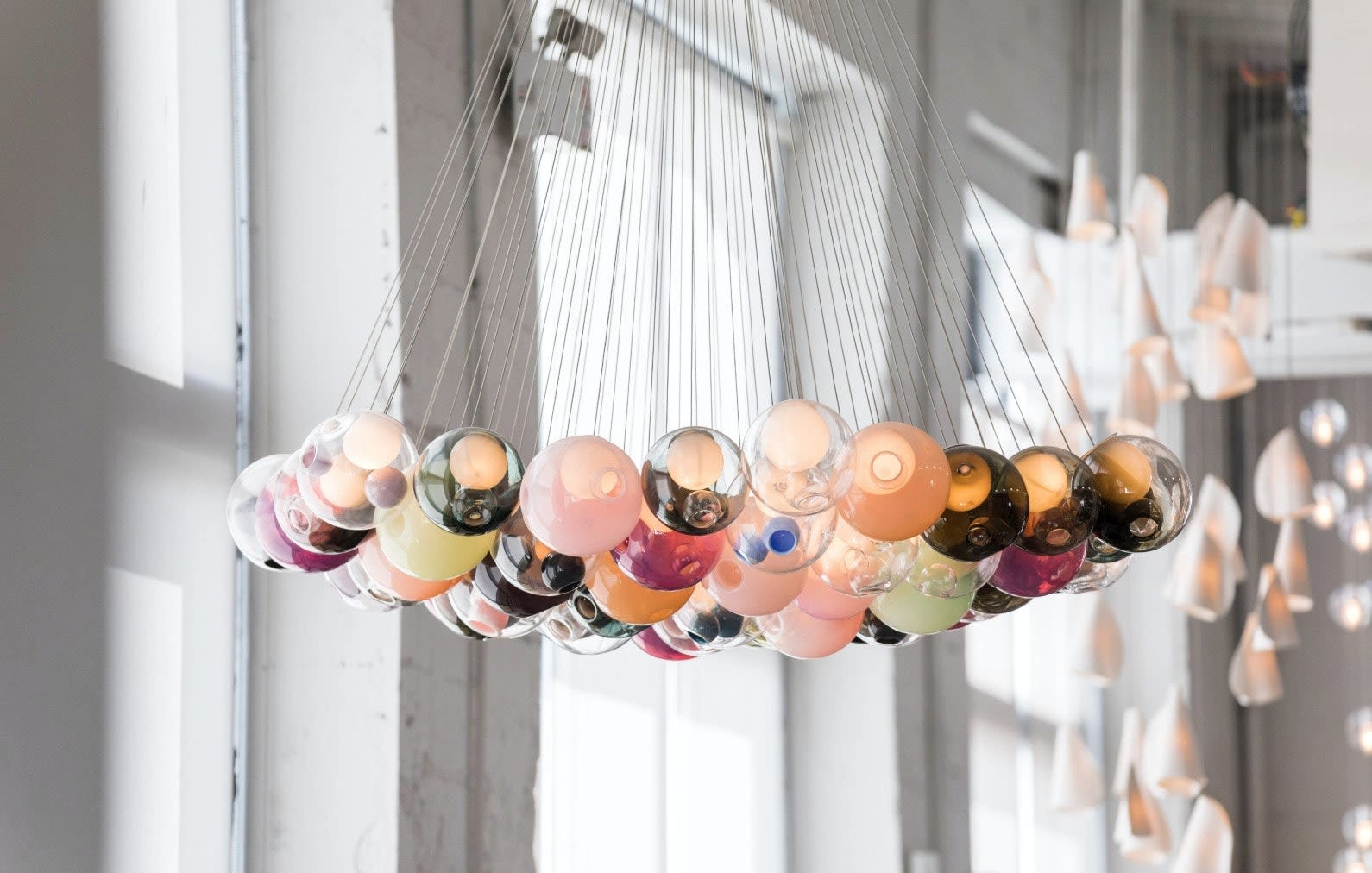
"The object took on qualities as extraordinary as they were surprising: the magic moment when the artist realises he is on to something."
28, another successful number, is an excellent representative of Bocci. The hollow glass globe with a rich inner world is available in different variants: from a single globe to a floor lamp with the globe like a trunk; a ceiling fixture with twig-like branches; the ceiling chandelier – or perhaps the tree chandelier – where the glass globes build up a volume by hanging tightly together in colourful clusters.
Like all of Bocci's objects, 28 is based on a way of making, in this case by alternating heat and blowing air into and out of the glass sphere in "a controlled implosion", as Omer Arbel calls the sophisticated process. For the average person, it may be more accurate to say that a single one of the space-like spheres with the three bubbles takes 45 minutes for three glassblowers to mould.
But is 28 art? The question has been asked over the years. In 2010, a renowned art gallery in London took an interest in 28, but pulled out when it learnt that Bocci was a design company. Years later, the V&A Museum in London commissioned a giant piece and suddenly it was a light installation.
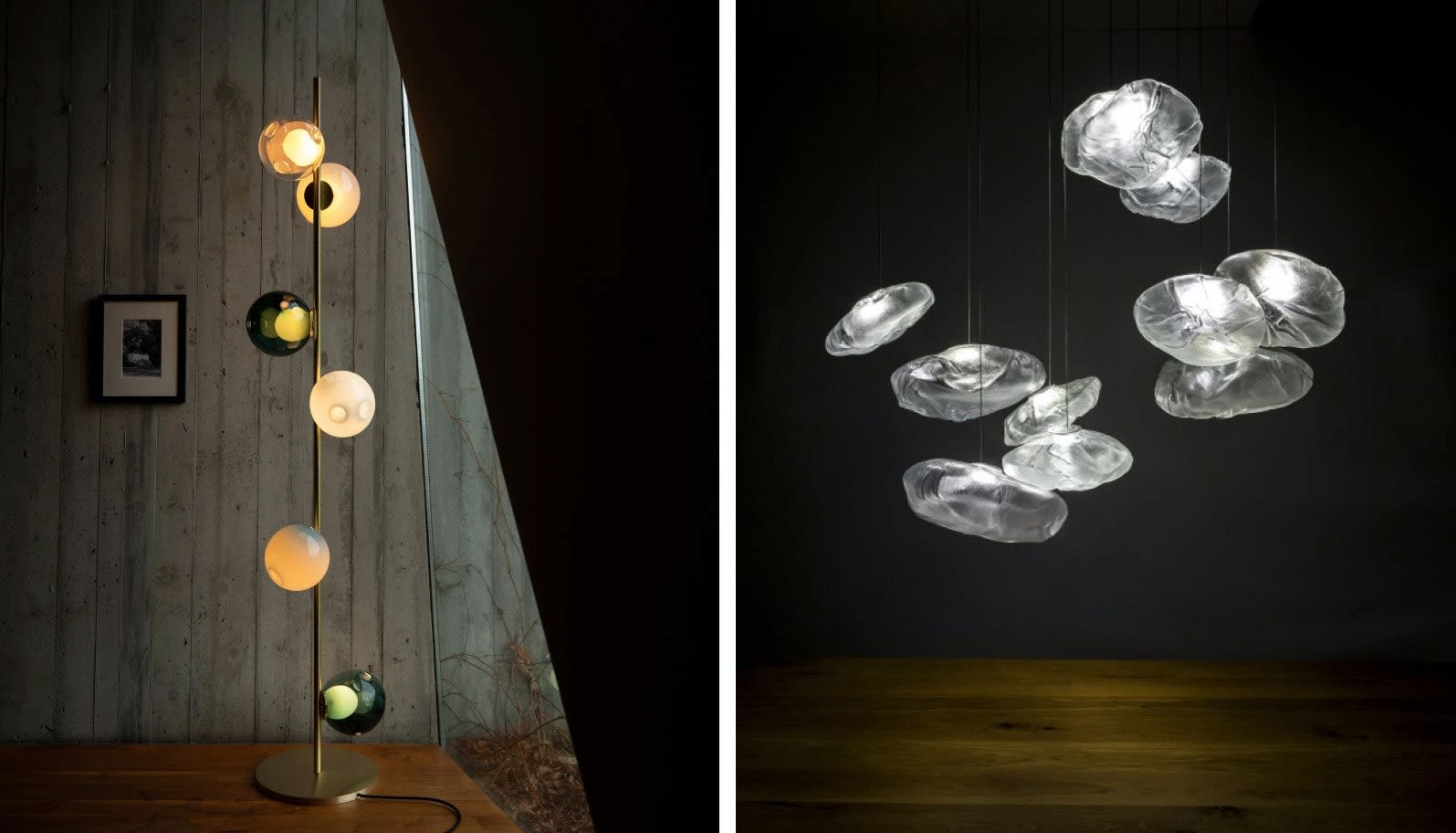
In the autumn, more of Omer Arbel's material experiments will be exhibited. For example, idea number 75, which won a prize at the World Architecture Festival 2019: an experiment in which concrete has been cast in fabric moulds stretched over a plywood structure, resulting in a house structure with pillars as hollow trumpets that allow trees to be planted on the roof of the house. Number 113 is another experiment, involving the simultaneous moulding of glass and copper. The difficult-to-describe result can be said to resemble copper vases that have been buried and disintegrated.
The forms in Bocci's world are often described as 'organic', but that's a term Omer Arbel doesn't like. Misleading, he says. They never try to emulate shapes from nature:
– We start from the chemical, physical and mechanical conditions of materials when we work and we do it in a laboratory process that is the most artificial you can imagine. The shapes that come out of it tend to appear natural, but it's not because we try to make them that way. It's because we let the materials learn what shapes they want to take.
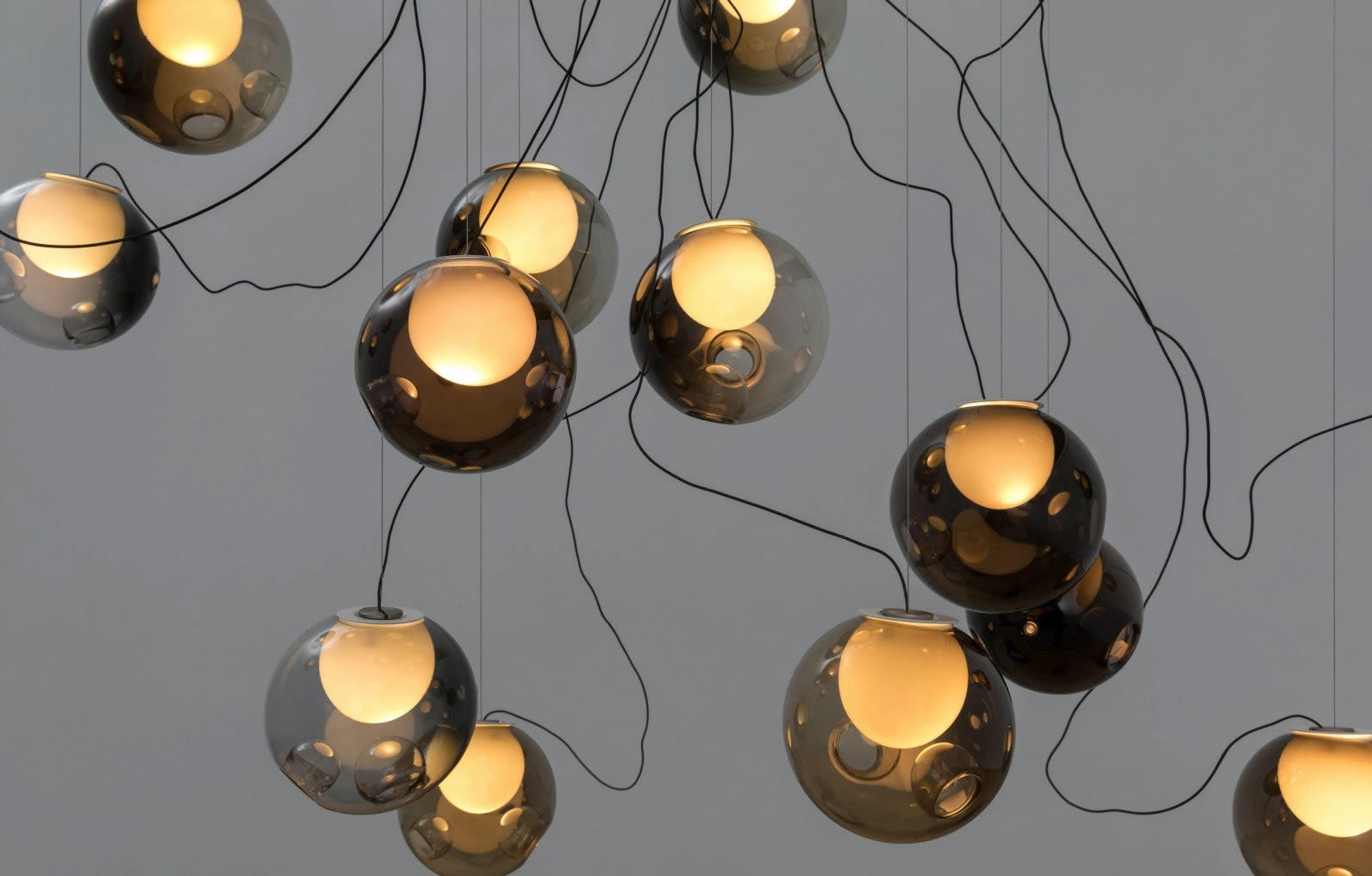
Products featured in the post
Similar articles
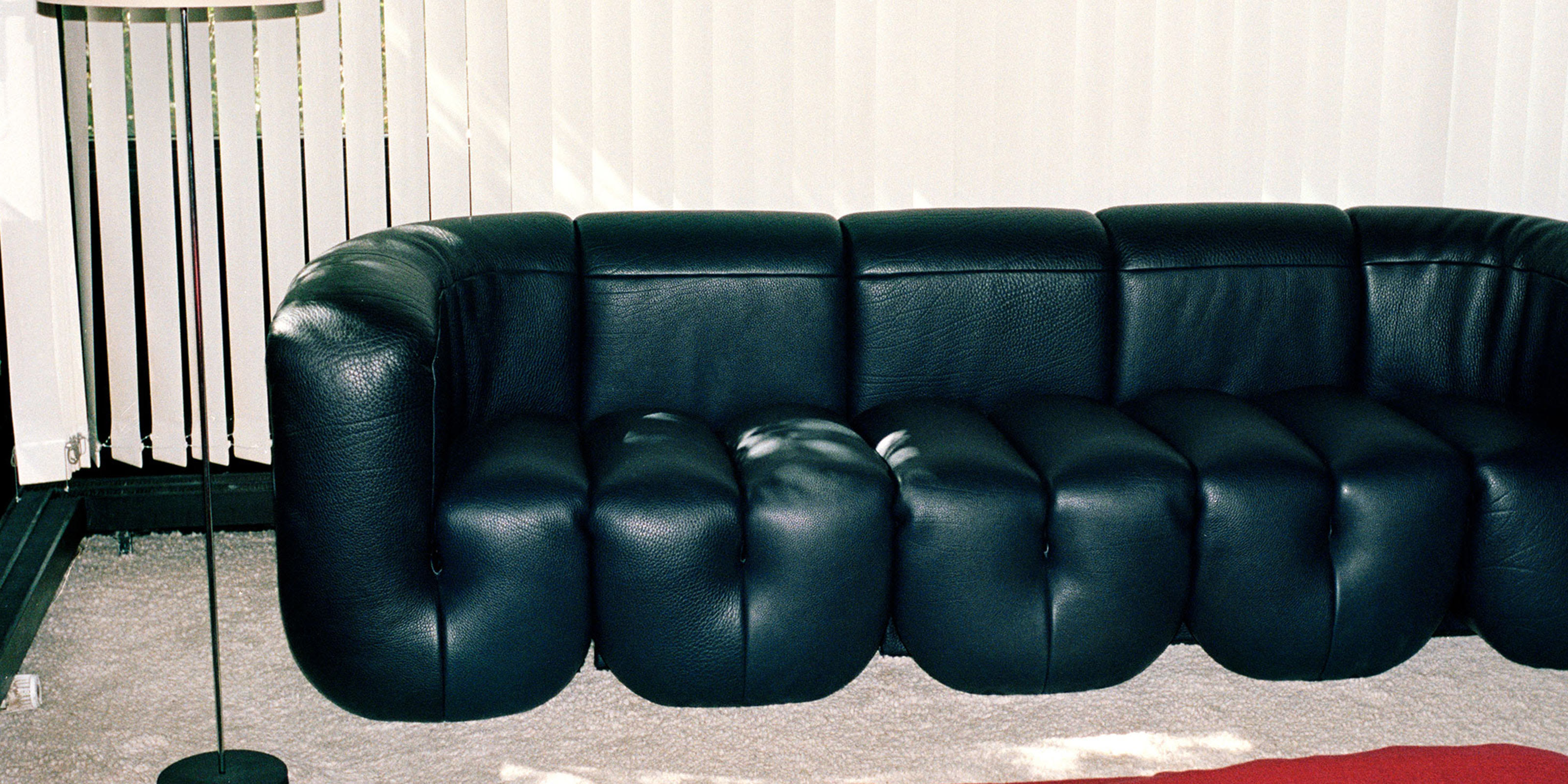
Design icons - discover timeless sofas
A design icon is not just a beautiful piece of furniture - it also represents an essential chapter in design history. Sofas of different varieties that are the result of groundbreaking innovation and carefully considered aesthetic choices. Through the study of design icons, we get a good insight into the vision of designers, but also a broader understanding of the time period in which they were created. Apart from being historical artifacts, they are also sources of inspiration for contemporary designers who carry on the timeless legacy.
2024/3/22
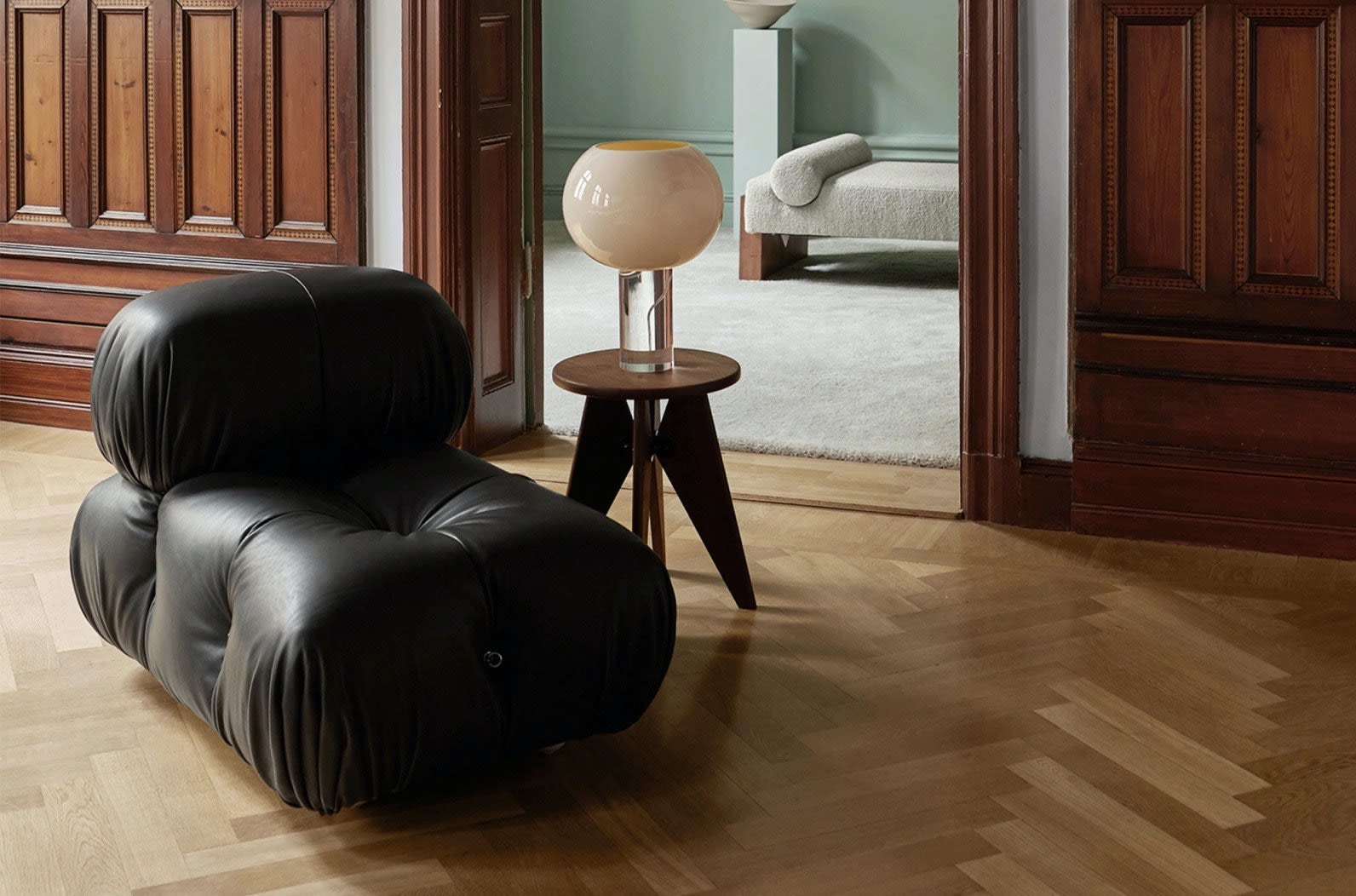
The revolution of soft forms
It's as if a revolution has rolled in and taken over our homes. The same movement has also hit public spaces and not least our Instagram feeds. The revolution comes in soft shapes, with curved contours and it is as if all straight lines and sharp corners have been eliminated in favour of the opposite. The shapes are accompanied by materials that feel as inviting as a soft and warm fur on a chilly winter day or a knitted mohair sweater against bare skin.
2021/5/17
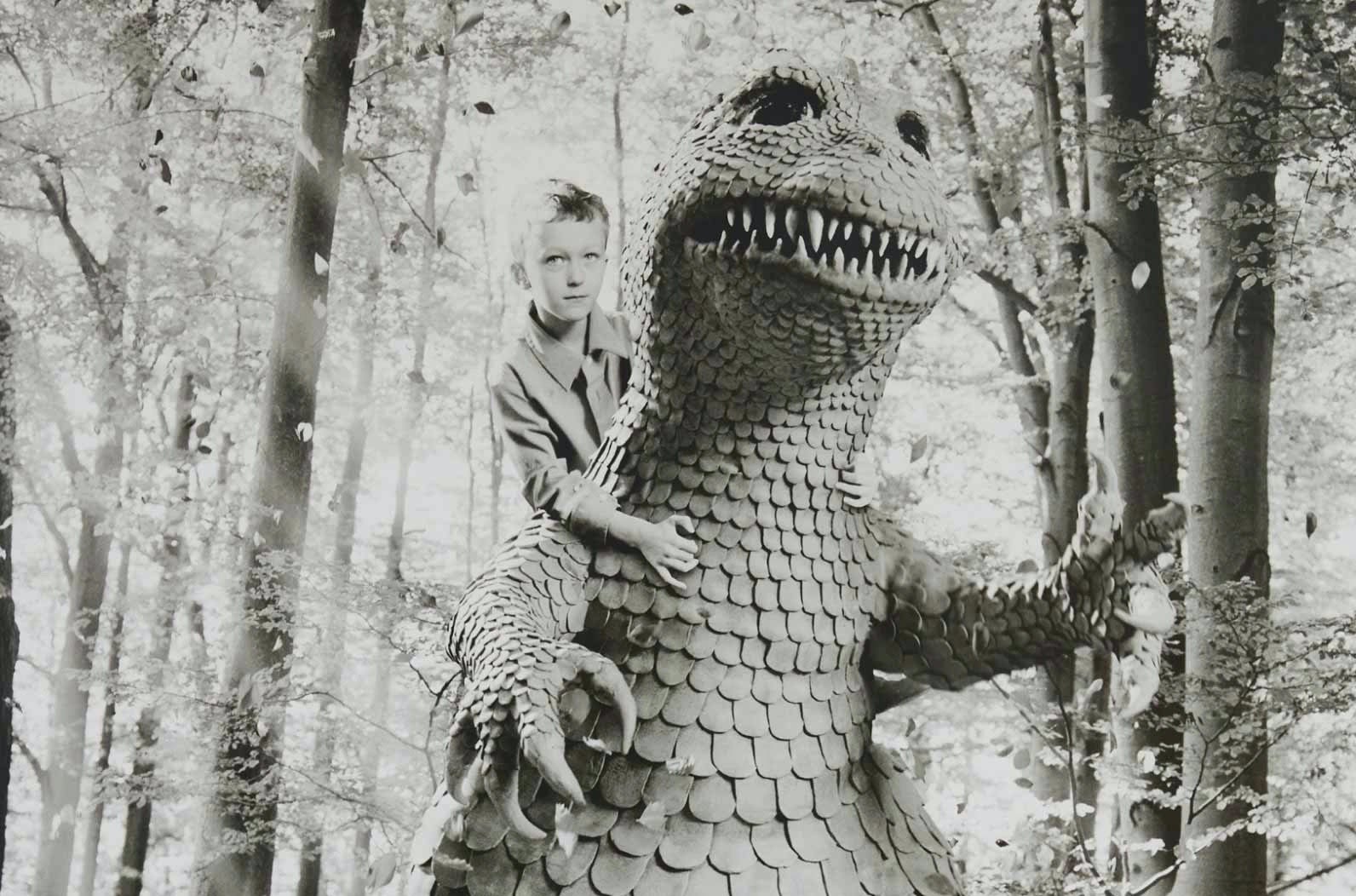
Helena Blomqvist and the fictional reality
Where dreams become reality or vice versa. Helena Blomqvist (b. 1975) is a photographer and artist who uses her distinctive style to create visual narratives that are both imaginative and contemplative of reality.
2021/10/19

Iconic chairs from Fritz Hansen – Danish design in its essence
Founded in 1872 by the cabinetmaker with the same name, Fritz Hansen is a Danish brand synonymous with timeless elegance and pioneering furniture design.
2024/5/3

